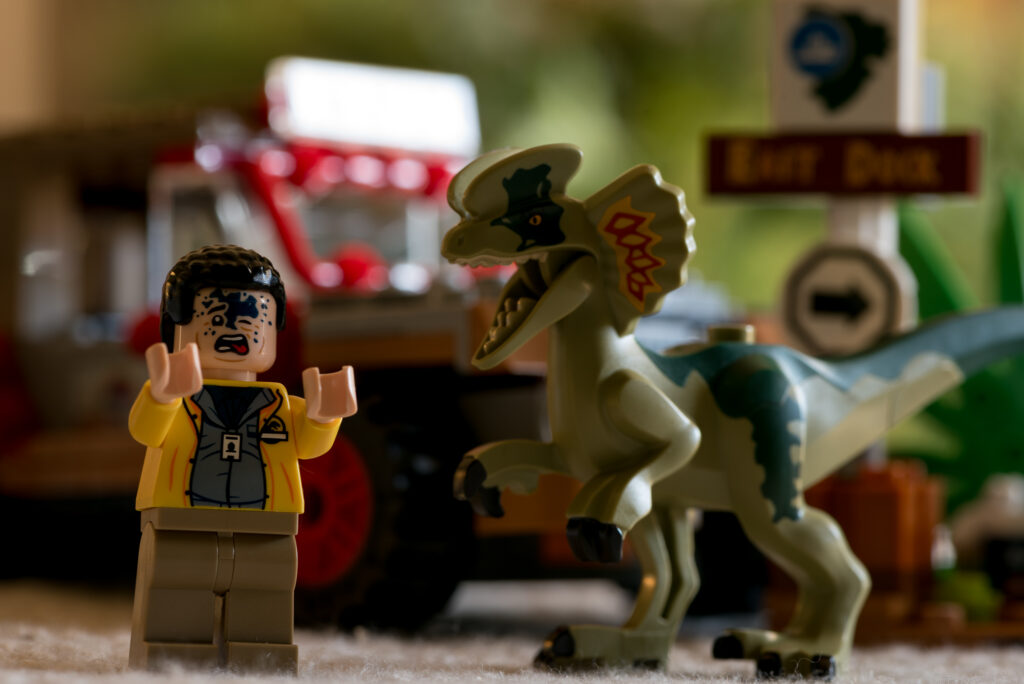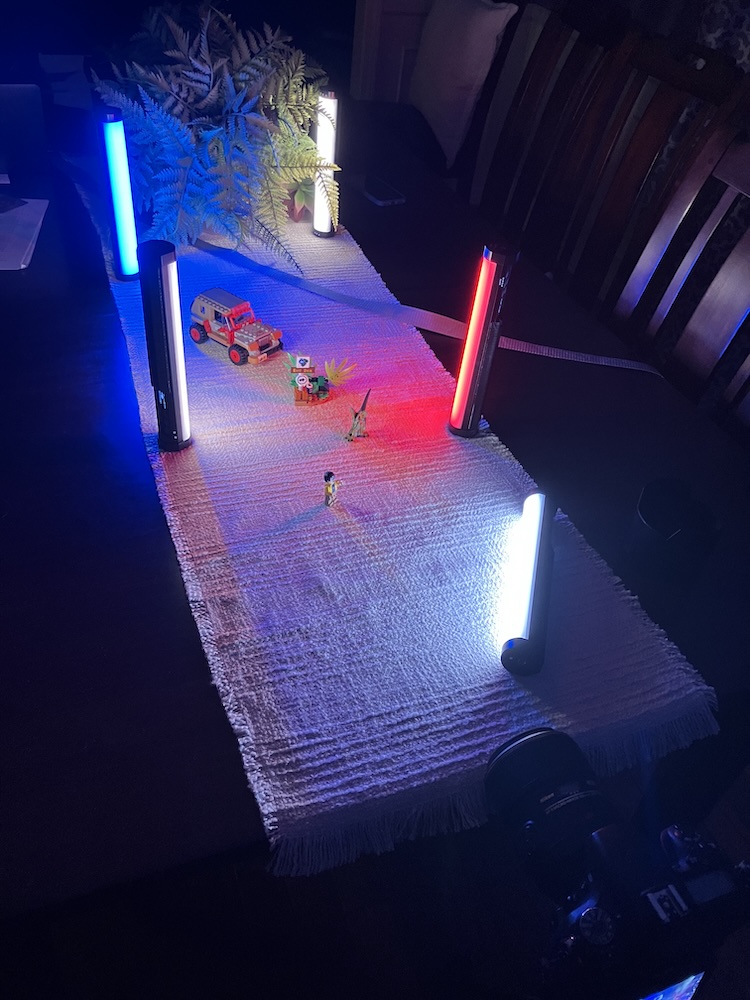Welcome to another Year in Review! Join me as I look back on the past year, share my top three photos, talk a bit about AI, show a few of the pieces of gear I have used, and look ahead to 2025 and beyond. It’s been another great year here at Weekly Fifty, and I couldn’t do it without all of you :)
Check out the podcast my brother Phil and I are doing, which is all about parenting and photography: Camera Dads





